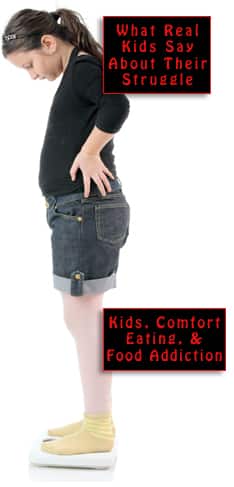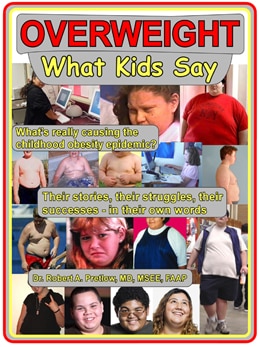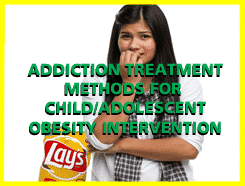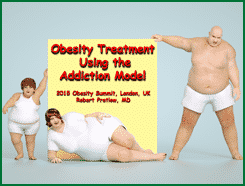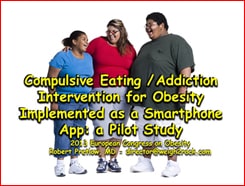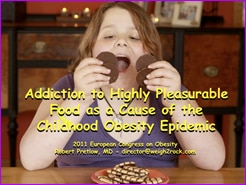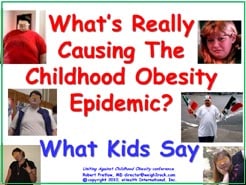
Glucagon-like peptide-1 receptor agonists (GLP-1RAs) are a relatively new and highly effective category of medications, making headlines for their role in weight loss. Now, new research from Yale reveals that approximately 17 million adolescents and young adults in the U.S. — about one in four in this age group — may qualify for GLP-1RAs, including well-known drugs like Ozempic and Wegovy.
The study aimed to define the demographic, clinical, and socioeconomic characteristics of eligible youth. Published in JAMA Pediatrics, the study’s lead author, medical student Ashwin Chetty, BS, noted that while GLP-1RAs are approved to treat obesity and Type 2 Diabetes (T2D) in pediatric populations, very few eligible young people are currently receiving these medications. Barriers such as limited healthcare access and inadequate insurance coverage are key contributors.
Chetty said:
Only a fraction of state Medicaid programs cover GLP-1RAs for weight management, but this research shows that broad anti-obesity medication coverage through Medicaid could substantially expand access to GLP-1RAs for adolescents and young adults. However, even with coverage expansion, high levels of uninsurance and lack of routine care are barriers to GLP-1RA access in this population.
The researchers also described this gap as “a barrier to identifying, treating, and preventing cardio-kidney-metabolic diseases.”
Assuming that all individuals who were appropriate candidates for these medications could receive them after shared-decision making with their clinician, we could see substantial progress made in treating and preventing obesity-related diseases in U.S. youth, such as dyslipidemia and hypertension.
This progress, he added, “could lead to the prevention of severe complications of obesity into adulthood, such as strokes and heart attacks.”
Chetty explained that the study used eligibility criteria aligned with FDA indications for medications such as semaglutide (Ozempic, Rybelsus, Wegovy), liraglutide (Saxenda, Victoza), exenatide (Bydureon BCise), dulaglutide (Trulicity), and tirzepatide (Zepbound, Mounjaro).
The research analyzed data from the National Health and Nutrition Examination Survey (NHANES) for individuals aged 12–17 (adolescents) and 18–25 (young adults). For adolescents, eligibility included a diagnosis of type 2 diabetes or obesity, defined as a BMI at or above the 95th percentile for age and sex, or a body weight over 60 kg (132 lbs.) with a BMI equivalent to 30 for adults. For young adults, criteria included type 2 diabetes, a BMI over 30, or a BMI of 27 or more accompanied by a weight-related condition like hypertension, dyslipidemia, cardiovascular disease, or T2D.
The final dataset included 572 adolescents and 590 young adults who met these criteria, representing an estimated 5.8 million adolescents and 11.1 million young adults nationwide.
Among eligible adolescents, 40.3% were covered by Medicaid, 40.5% by private insurance, and 7.2% were uninsured. For young adults, 20.8% had Medicaid, 49% had private insurance, and 19.4% were uninsured. While 92.2% of adolescents reported a regular source of healthcare, only 68.1% of young adults did, highlighting a key access gap.
The study also found that cardio-kidney-metabolic risk factors such as hypertension, prediabetes, impaired kidney function, and abnormal cholesterol levels were common across both age groups.
“Of note, some indications for young adults were fully encompassed by other indications and were not analyzed separately,” Chetty explained. For instance, individuals with type 2 diabetes may also have cardiovascular disease, which overlaps with other eligibility criteria.
Improving access to healthcare among young adults could help more eligible patients benefit from GLP-1RAs. In addition, expanding Medicaid and private insurance coverage for these medications across all age groups could make a significant impact.
James Nugent, MD, MPH, a co-author of the letter, told Newsweek,
Changes in lifestyle behaviors and structural factors like increased screen time, decreased physical activity, poor sleep, and consumption of ultra-processed foods and sugar-sweetened beverages are important contributors to obesity in youth.
Dr. Nugent emphasized that addressing pediatric obesity demands both individualized treatment and broad public health strategies. Medications like GLP-1RAs are one tool among many for managing obesity in children and teens, especially those facing severe obesity and related health complications.
Looking ahead, the authors urge greater national dialogue on how to expand access to GLP-1RAs and other evidence-based obesity interventions. “Given the size and clinical characteristics of the U.S. youth population eligible for GLP-1RAs, there should be greater discussion of how to improve access to GLP-1RAs and other anti-obesity interventions among this population,” they concluded.
Your responses and feedback are welcome!
Source: “New Research Letter Examines GLP-1 Access for Adolescents and Young Adults,” Yale School of Medicine, 8/4/25
Source: “Glucagon-Like Peptide-1 Receptor Agonist Eligibility Among US Adolescents and Young Adults,” JAMA Pediatrics, 8/4/25
Source: “Nearly 17 Million Young Americans Could Benefit From Ozempic-like Drugs,” Newsweek, 8/4/25
Image by MART PRODUCTION/Pexels

 FAQs and Media Requests:
FAQs and Media Requests: 